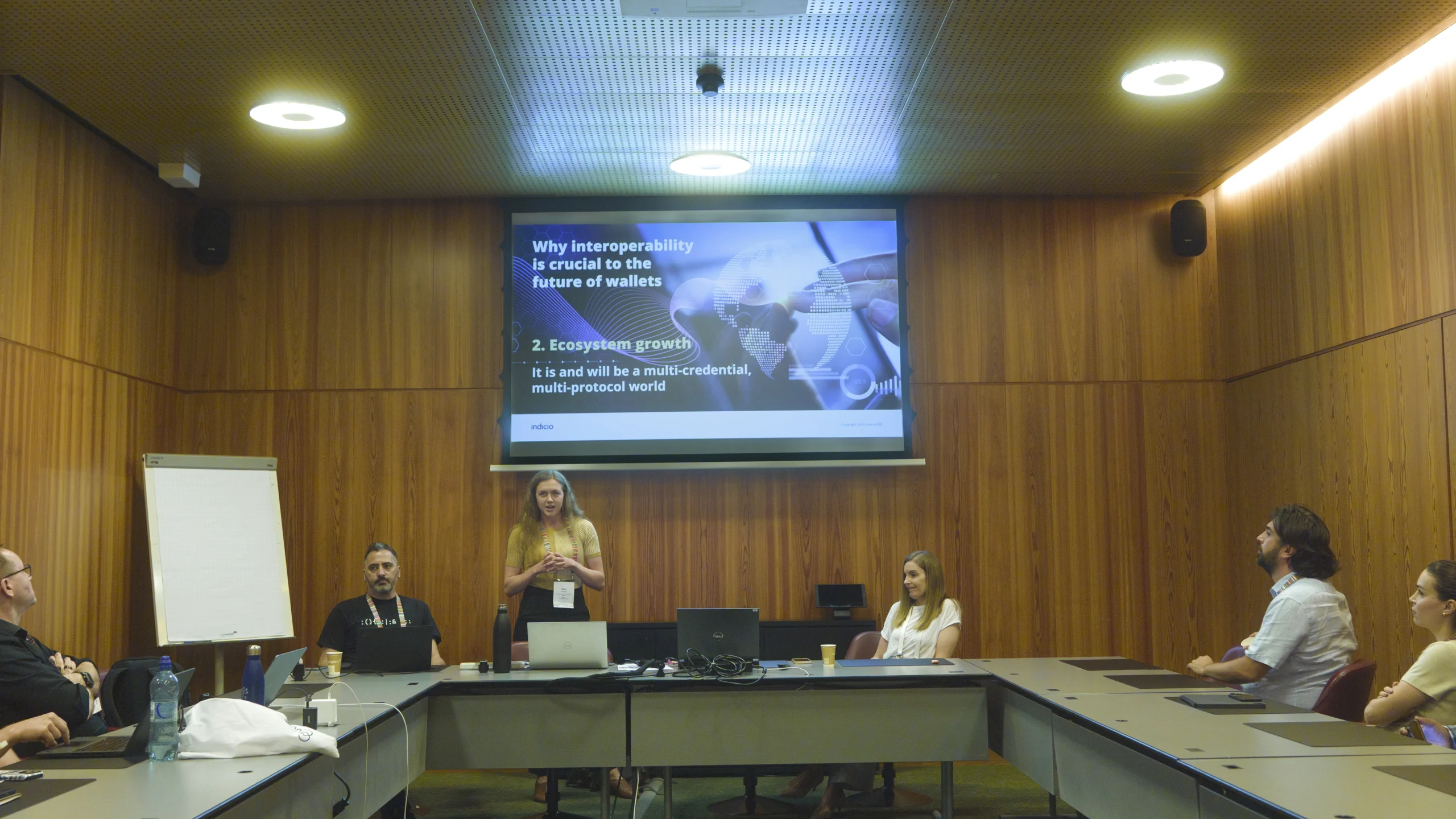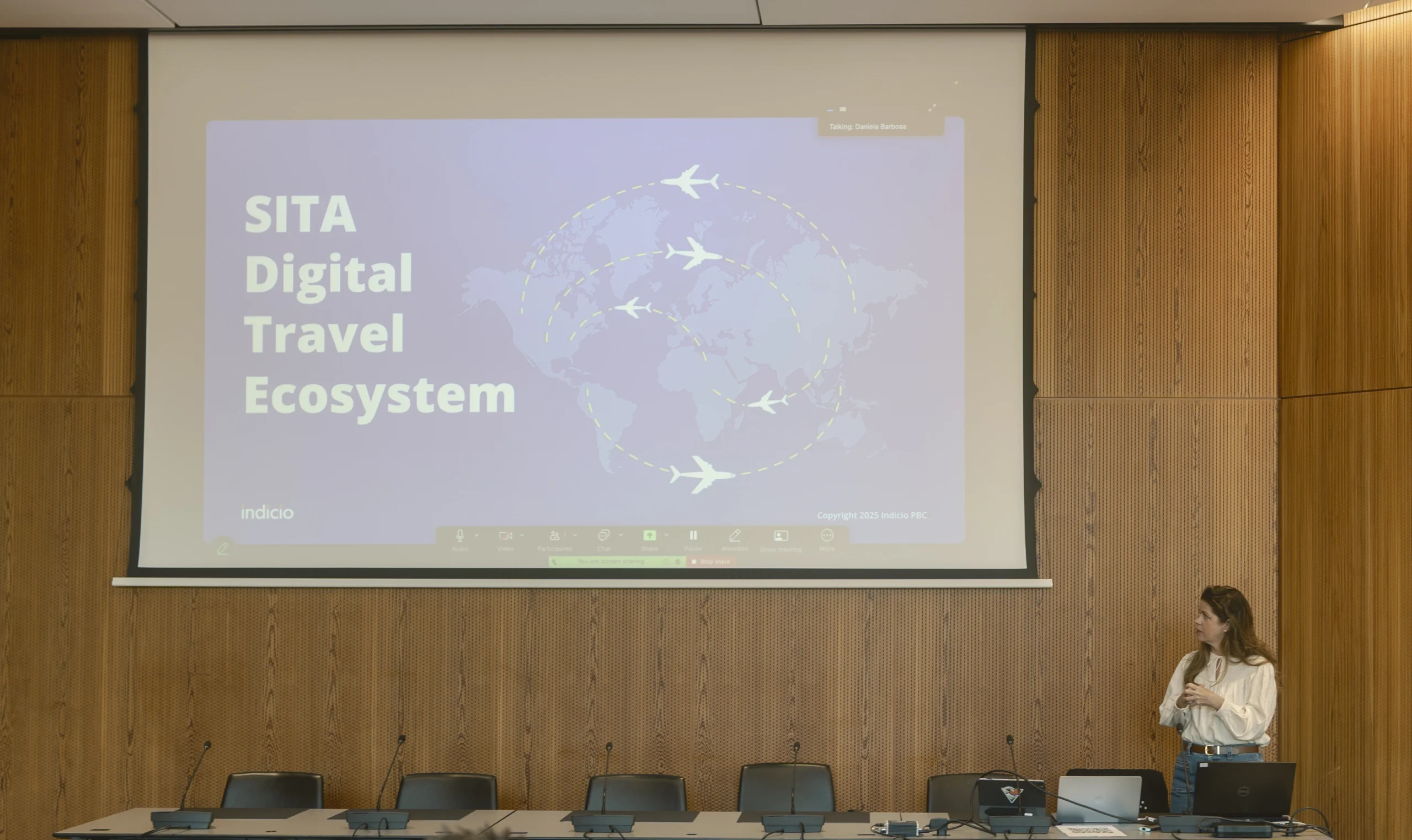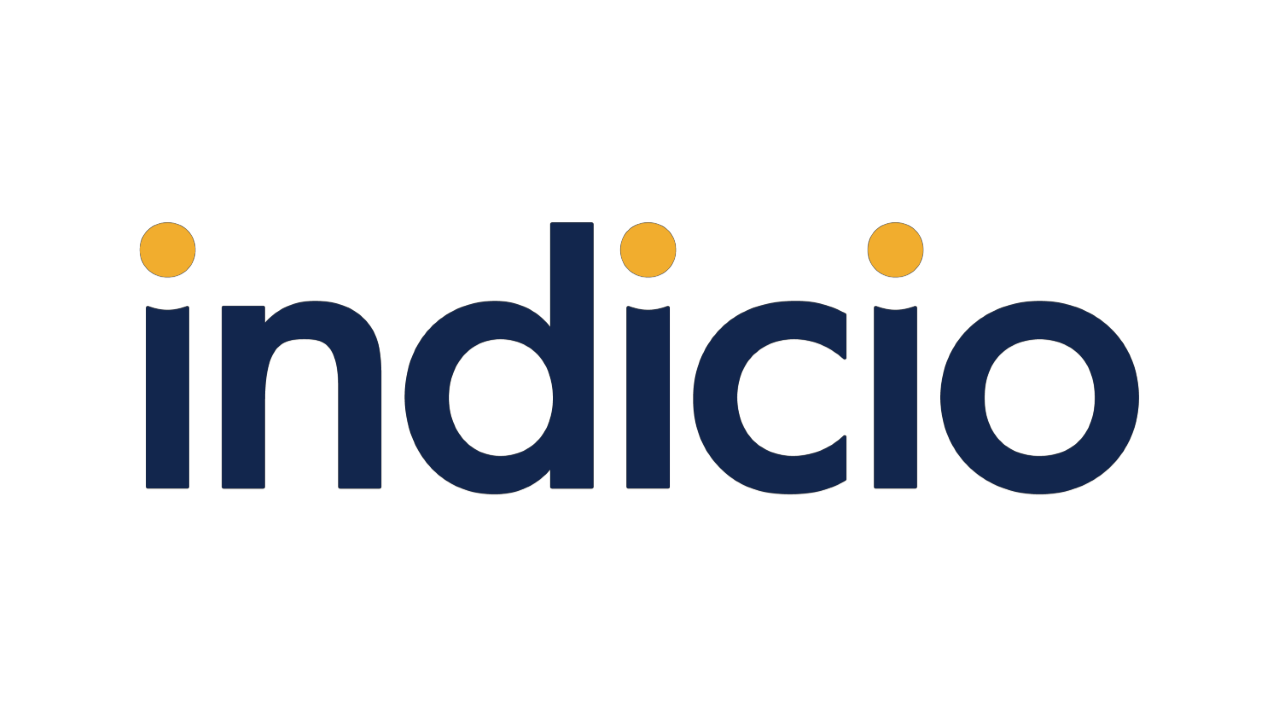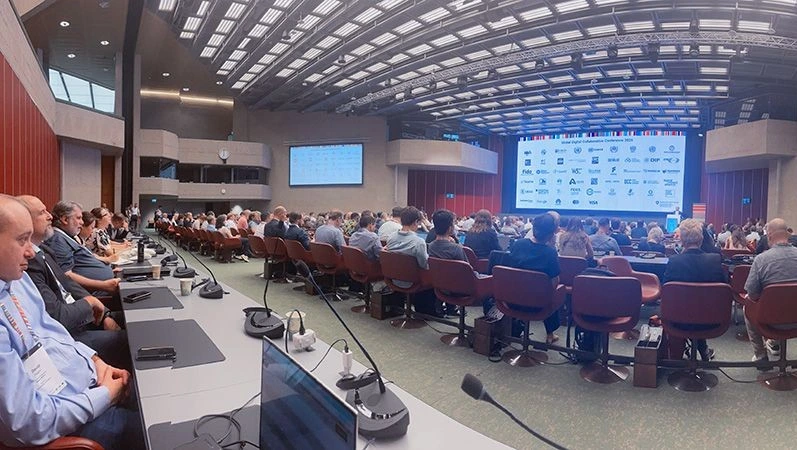Last week the Indicio team attended the Global Digital Collaboration Conference on digital identity and wallets in Geneva, Switzerland. There hasn’t been a clearer signal that decentralized identity, digital wallets, and Verifiable Credentials are about to transform digital interaction.
By Trevor Butterworth
Eighteen hundred. That was the number of attendees at the inaugural two-day Global Digital Collaboration Conference in Geneva at the beginning of July. The level of interest exceeded the organizer’s expectations, there was enough material for a week’s worth of discussions, the auditorium for the final session — usually the worst slot for speakers as everyone departs for the airport — was filled.
We’ve seen growing interest in decentralized identity over the past few years, from fringe to serious technology. This conference was at another level. It wasn’t a matter of if or when but how — how to implement and, above all, how to be interoperable.
Behind this sea change, maturing technology, successful deployments, and Europe — specifically, the EU mandate that all member states must offer at least one EU Digital Identity Wallet to all its citizens and residents by 2026.
Google, Huawei, Mastercard, and Visa were sponsors. Apple joined a panel.
Many — companies and attendees — were in a “getting to know the technology” mode. Others, already married to the tech — such as Indicio — talked about how to achieve interoperability between European digital identity and wallet specifications and global specifications, and where the frontier is, namely verifiable identities for AI agents.
Interoperability
If the conference had a dominant theme, it was interoperability. How do we connect the world across different digital identity standards and wallets? In her presentation to the Open Wallet Foundation’s Wallet Interop Special Interest Group (WISIG), Indicio Software Engineer Char Howland began by explaining why interoperability was such a critical issue.
Simply put:
- People expect joined up digital experiences and seamless workflows
- A multi-credential and multi-protocol world can only scale through interoperability
- Interoperability is often a legal requirement
Howland explained what the WISIG is doing to advance this and then discussed Indicio’s role in the SITA-Delta Air Lines-Aruba trial, where different credential formats and protocols were successfully combined in a single workflow from a single wallet to enable pre authorized travel, seamless check-in, boarding, and border crossing.

Indicio’s success in marrying a credential following the International Civil Aviation Organization’s Digital Travel Credential standards (DTC-1) with EU digital identity standards (IATA One ID) showed how easy it is to make a multi-credential world interoperate.
And, as a result of this success, Indicio will work with SITA on the upcoming European APTITUDE trial to develop a DTC-2 credential — a digital passport credential issued directly to travelers by the Dutch and French governments.
The WISIG panel showed open source collaboration at its best — and is a must-follow to keep up to date on wallet interoperability.
How to slay with Verifiable Credentials
Indicio CEO Heather Dahl addressed an equally critical point in her talk, aptly titled “How to slay with Verifiable Credentials.”
Slaying means focusing on what the technology does in terms of business value and not what it does in terms of being cool tech.
“This technology sells when people and companies can see it has value,” said Dahl. And the value Indicio’s customers see is that it creates:
- Seamless, efficient processes
- Seamless user experiences
- Seamless authentication
- Enables privacy and consent around personal data and data sharing, and especially around biometrics
- Reduces operational complexity and cost around integration, data authentication, compliance and security
The next step for companies adopting and using the technology is how does this technology create ecosystems around trusted data? The answer, said Dahl, is when you combine interoperability and governance.
With decentralized governance, you can establish who is a trusted issuer of credentials, who is a trusted verifier of credentials, and what information needs to be shared for which purpose. And because these governance files are sent to each participant, all this happens instantly, thereby providing a way to generate trusted interaction and data sharing from anyone to anywhere.

This is where companies are now, said Dahl. They want to see how they can connect and integrate their partners, their verticals, their sectors and go from sector to sector seamlessly. As an example, she discussed the SITA Digital Travel Ecosystem, a way for the entire travel and tourist economy to interoperate seamlessly around shared credential specifications, interop profiles, and decentralized governance.
Finally, Dahl addressed the next big thing in decentralized identity: AI. If agentic AI is to be a reality, all those agents are going to need verifiable identities too, and people are going to need to be able to consent to sharing their data. Indicio recently launched ProvenAI, an identity solution for AI that addresses these problems.
How to start your decentralized identity journey
We always end these pieces with a call to action. Based on what we saw in Geneva, this one is underlined. The time to start is now. Start playing with the technology, start strategizing about how it can be used to simplify your operations, improve your security, and benefit your customers. This is critical if you do or are planning to do business in the EU.
We can talk you through all the different flavors of credentials and protocols, show you demos of different use cases, and explain, in-depth, how this technology is being deployed, how to make it interoperable, and how to use it to deliver value.
Getting started is as easy as reaching out to our team for a consultation or to discuss a specific use case. Or you can read more about our pre-built solutions here.
###






